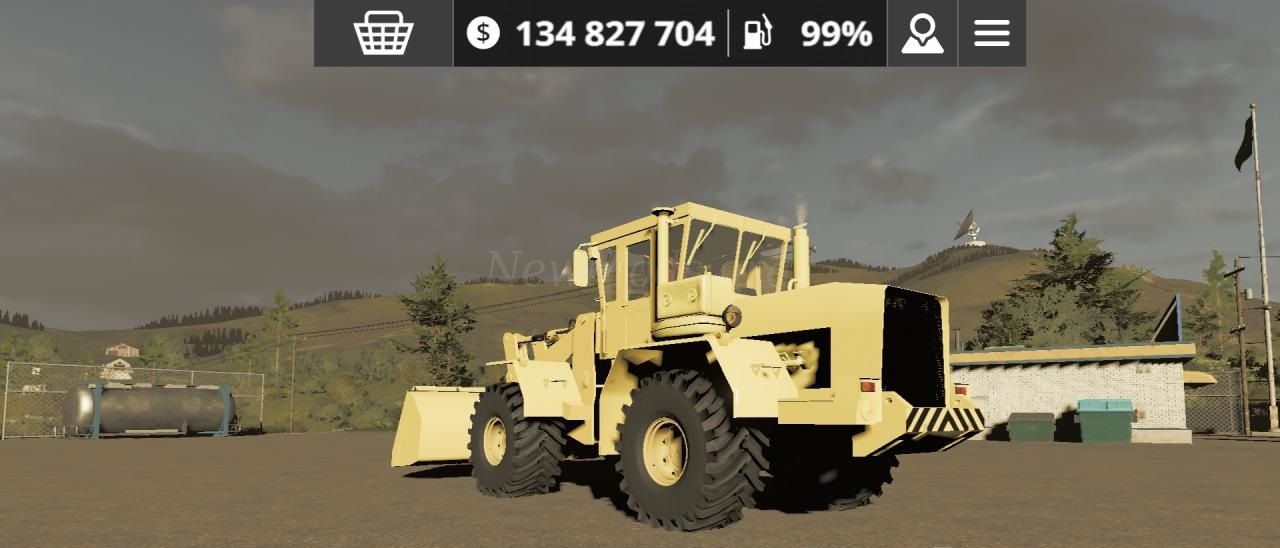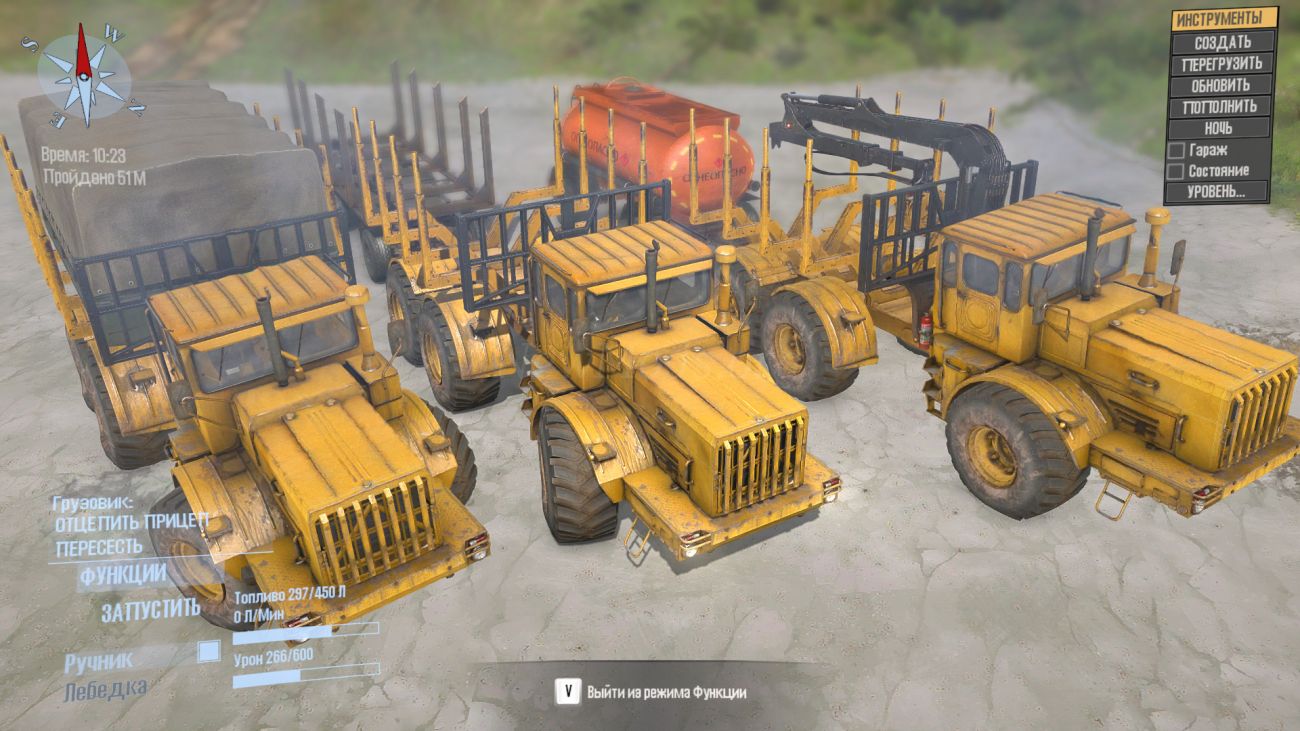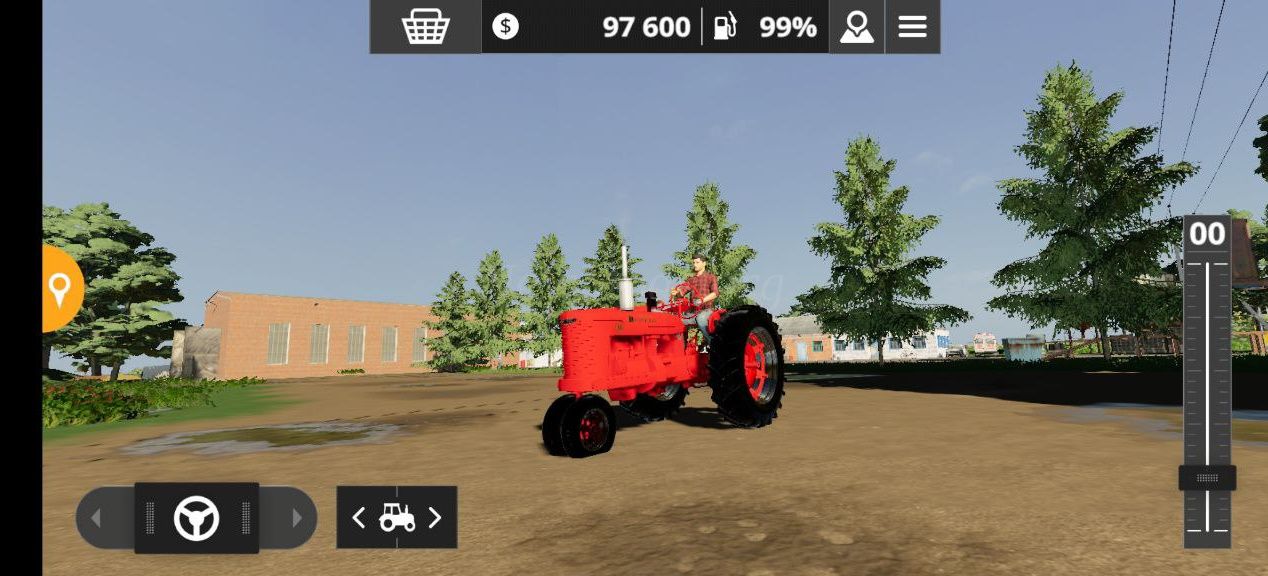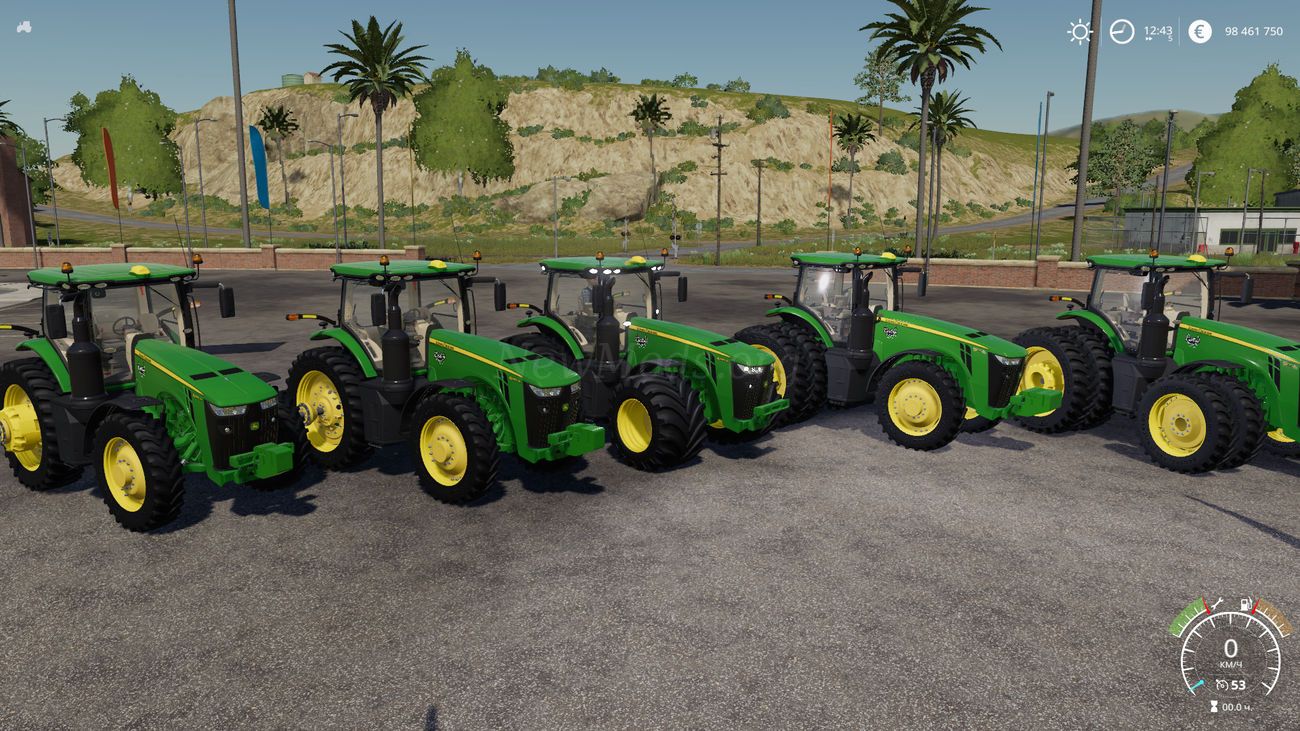How to grow crops in Farming Simulator 20 Mobile
Growing crops is one of the main activities and income in Farming Simulator 20 Mobile. This is a rather laborious process, where each culture has its own characteristics and requirements.
In today's guide, we will tell you how to properly grow plants and what you need for this.
Plowing
The first thing you have to do is to plow the field. A plow will help you cope with this task. Plowing is a rather labor-intensive process, so a tractor with powerful characteristics is needed. In addition to the plow, you can use a chisel cultivator. It is lighter, less demanding and cheaper. The key difference between the two is that the plow can create new fields or merge existing ones. A chisel cultivator is not capable of this.
It is not always necessary to plow the field every time with a plow. For the most part, conventional tillage is enough. Here are the cases when plowing is needed:
- For growing potatoes, corn, cane and beets. If you do not plow after harvest, the next yield will decrease by 15%.
- If you want to change the type of crop being grown.
- After every third harvest to maintain soil fertility. This part works on medium difficulty. Fields requiring plowing are marked in red on the map.
Note: If you have plowed a field, you do not need to cultivate it.
Processing (cultivation)
Field tillage is about the same process as ploughing. The difference is in labor costs. Cultivation is faster and does not require large capacities from the equipment, which in turn will save some money. Therefore, we advise you to use processing, if possible.
Crops for which simple processing is sufficient: barley, oats, sunflower, wheat, corn. For the latter, it is still better to plow the field, otherwise you will lose 15% of the crop during harvesting.
Another plus of most cultivators is that they are equipped with a seeder by default, due to which you can perform several actions at a time, thereby saving time, money on the worker's salary and fuel.
In this part, the developers have added a new type of cultivators - active and disc harrows. They are faster, do not require powerful equipment and cost less. However, their minus is the lack of seeders in the design. So choose for yourself which type of cultivator to choose in a particular situation.
Seeding and cultivation
The third stage is sowing. Often a simple and quick process that does not cause difficulties.
Different cultures require different adaptations. So, for rye, oats, soybeans, wheat, rapeseed, grass and radishes, you need tools from the seeder category. They can perform different functions, so read the description of each equipment carefully.
For corn, sunflower, cotton and sugar beets, use planters, while crops such as potatoes and sugar cane have specialized planting and harvesting equipment.
In addition to field plants, trees can also be planted in the game. To do this, you will need forestry machines.
As you remember from the text above, some cultivators are already combined with seeders. So it is not always necessary to use a separate seeder or planter, but you can immediately use the cultivator.
And don't forget that seeders and planters must be filled with the appropriate seeds.
Fertilizer
An important stage on which the yield of a particular field depends. For the best effect, fertilize the fields before sowing and after the first or second stage of plant growth. This should not be done before collection. In addition, after each harvest, the fields need fertilizer.
There are several ways to fertilize fields:
1. One of the most effective is to use liquid fertilizers. They are expensive but effective. They act quickly and cover a large piece of land.
2. The best option to start the game is artificial, dry fertilizer. They are cheap, common and easy to use. Add them to seeders or planters and off you go.
3. Organic fertilizer or manure is also a great way to make the soil fertile. Liquid manure is produced by animals, it must be collected in special tanks and then sprayed.
4. The last and cheapest way to fertilize is oilseed radish. Everything is simple here: you sow a radish, wait until the first shoots appear, and then destroy it with a cultivator. Radish itself is a good fertilizer. As a cost, you only need to buy her seeds.
Weeding
In this part of the simulator, the developers have added such a feature as weeds. Over time, these pests appear in every field, and they need to be dealt with. This can be done with the help of weeders, or with the help of combines that are equipped with them by default.
Weeds can also be controlled with chemicals. You buy it in a store, pour it into a special equipment with a sprayer, and then spray the herbicide over the field.
A weed left unharvested before the crop is fully mature will reduce yield by 20%. Weeds should be destroyed only in the first stages of plant growth, otherwise you simply will not achieve the desired results. If your field is covered in weeds before you have planted anything, then no weeding is required. Just work or plow the field.
Keep in mind that driving over plants that have reached the second phase of growth will kill them. To avoid this, equip the equipment with narrow wheels or disable this feature altogether in the settings. In addition, if weeds cause a lot of difficulties, then they can also be turned off.
Limestone
After every third harvest, the fields must be treated with lime. This process is very similar to fertilizer, but it is independent and separately affects germination. In addition, lime is needed to create new fields or combine existing ones. Lime fertilization is optional and can be turned off if desired.
There are two machines in the game that work with limestone: the Bredal K105 and its improved K165 model. Fields that need lime are marked on the map in blue. If the field is not cultivated in time, then the yield will decrease by 15%.
Lime is acquired in two ways:
1. Buy a bag of lime and fill it with the necessary equipment.
2. Fit the machine to the special tank and fill. Such places are marked on the map with a white arrow pointing down.
Harvest
Once grown crops reach the last stage of growth, they must be harvested from the fields. Harvesters are used to achieve this goal. Different crops require appropriate harvesters or modules that are attached to them.
Plants such as wheat, barley, soybeans, rapeseed and oats are harvested using the grain module. Corn and sunflower are harvested by the corn module, but if your sunflower grows in large quantities, we advise you to buy a module specifically for it. With it, the combine will move faster.
Special crops like potatoes, cotton, sugar beet and cane need a separate combine or module. A self-propelled harvester is more expensive, so at first we advise you to buy modules and attach them to tractors, which is much cheaper.
The harvesters themselves are not capacious enough, and it is unlikely that it will be possible to collect the entire crop from a large field at one time. To solve the problem, use tractors with semi-trailers. Once your combine tank is full, empty it into a semi-trailer in the field, then head back to harvest. This is how it is with most cultures. Cotton, for example, leaves behind bales that are collected separately by trailers. Harvested potatoes and beets can be left in the field at all, and then harvested later.
Withered plants
Remember to harvest on time. If you do not clean up in time, then the grown crops will dry out and nothing can be done about them. Fields awaiting harvest are marked in yellow on the map. The darker the color, the faster you need to clean. Therefore, if you have several such fields, then run to the one whose color is closer to orange. We advise you to slow down the game time at this moment in order to be in time.
The only plant that never dries out is sugar cane.
Withering plants is also an optional feature that can be disabled in the settings.
-
Farming Simulator 23 Mobile
-
Farming Simulator 20 Android
-
Farming Simulator 19 PC
-
Need for Speed: Payback
-
Need for Speed: ProStreet
-
Wreckfest PC
-
MudRunner 2017
Instalei o mod Damcon PL-10 tudo certinho, porém ele trava logo depois que faz a compra, o jogo roda direitinho, quando compra. ..
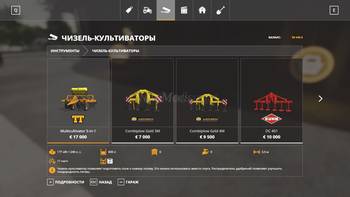
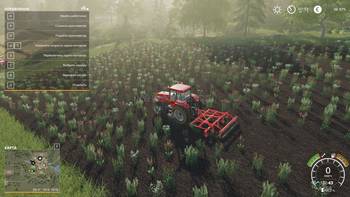
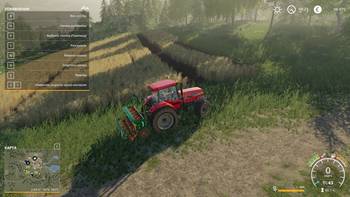
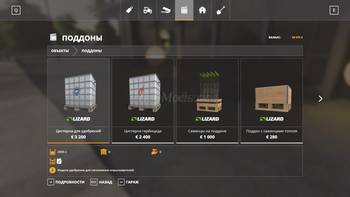
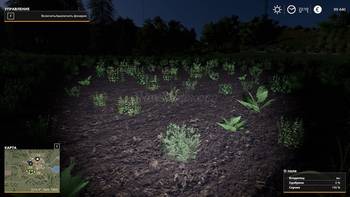
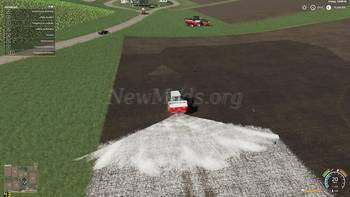
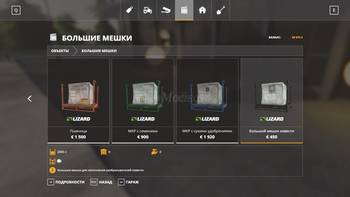
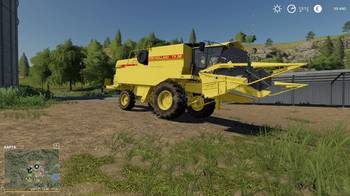
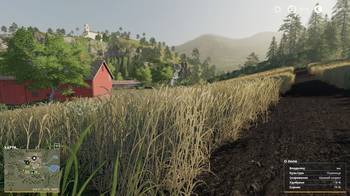
 1 / 5.0
1 / 5.0